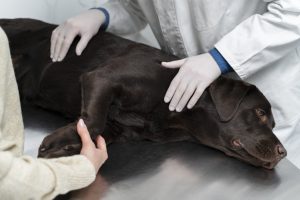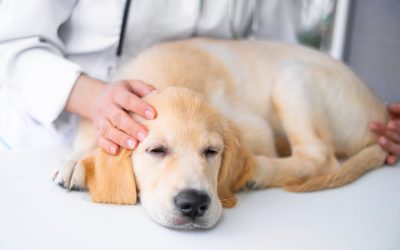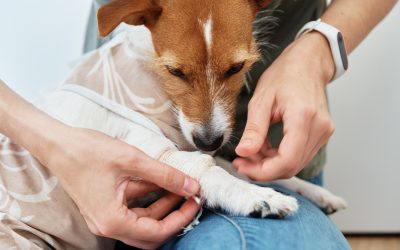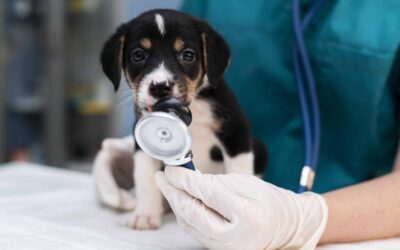Dog ACL Surgery: When You Need it and What it Costs
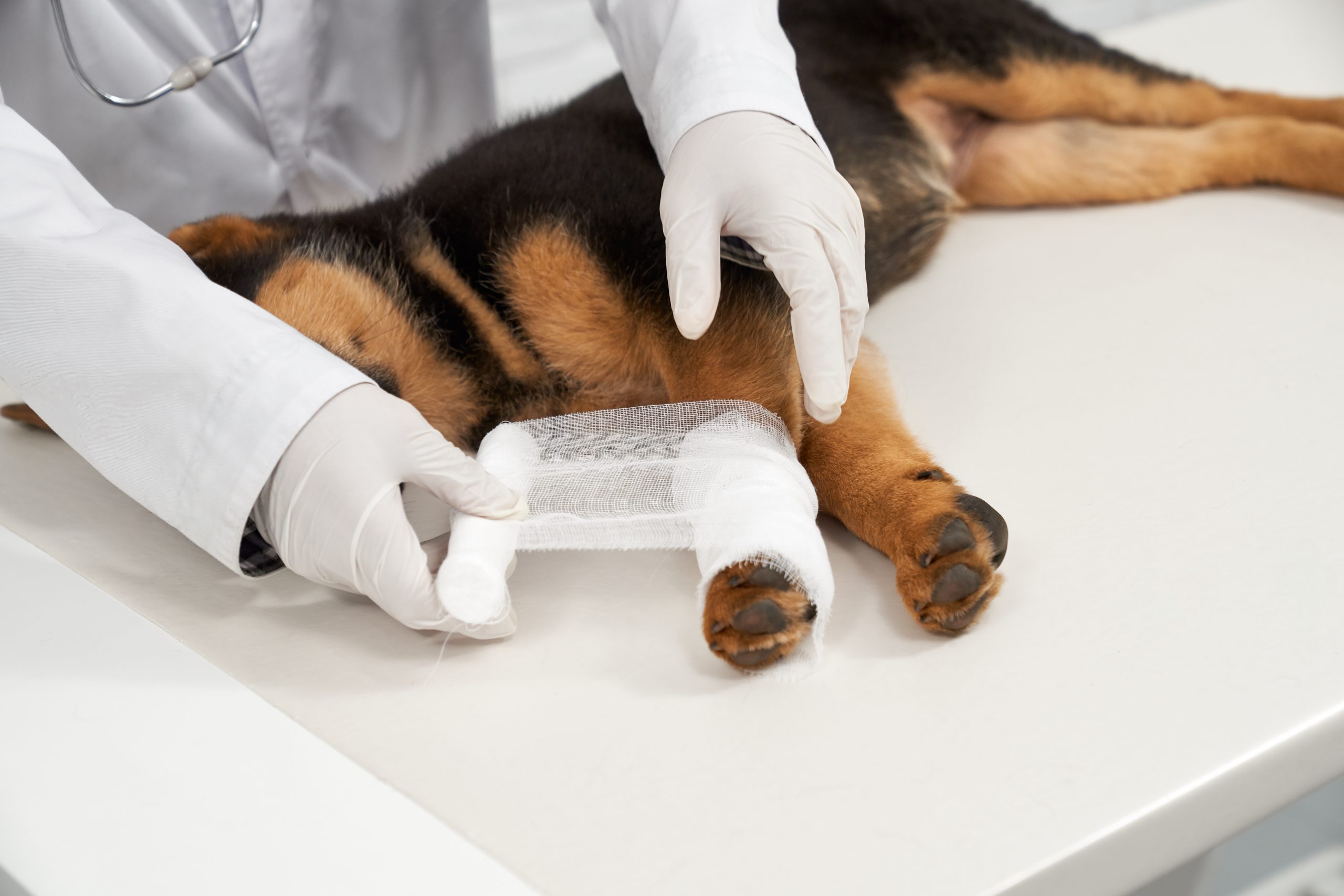
Introduction to Canine ACL Repair
Canine ACL repair is a surgical procedure for treating dogs with torn ACLs (anterior cruciate ligaments). Just like humans, dogs can also suffer from ACL injuries, which can cause pain, discomfort, and mobility issues. In this comprehensive guide, we will explore the various aspects of canine ACL repair, including the causes of ACL injuries, the signs and symptoms to look out for, the diagnostic methods used by veterinarians, the treatment options available, and the costs associated with ACL surgery for dogs.
Understanding Canine ACL Injuries
ACL injuries in dogs are quite common and can occur due to a variety of reasons. One of the primary causes is degeneration of the ligament over time, especially in older dogs. However, ACL injuries can also result from sudden trauma or excessive force applied to the knee joint. Certain dog breeds, such as Labrador Retrievers, Golden Retrievers, and German Shepherds, are more prone to ACL injuries due to their size, weight, and genetic predisposition.
How Does a Dog Get Injured?
Dogs can sustain ACL injuries while engaging in high-impact activities like running, jumping, or playing fetch. A sudden change in direction or landing awkwardly can put excessive stress on the ligament, leading to a tear. Obesity and lack of exercise can also contribute to ACL injuries in dogs, as extra weight puts additional strain on the ligaments and joints. It’s essential to provide regular exercise and maintain a healthy weight for your furry friend to reduce the risk of ACL injuries.

Signs and Symptoms of a Torn ACL in Dogs
Identifying a torn ACL in dogs can be challenging, as they cannot express their pain verbally. However, there are several signs and symptoms that dog owners should watch out for. The most common indication of a torn ACL is lameness or limping, particularly in one of the hind legs. The affected leg may appear swollen, and the dog may display reluctance to put weight on it. Dogs with ACL injuries may also exhibit a decreased range of motion in the affected joint and may show signs of discomfort when touched or manipulated.
Diagnosing ACL Injuries in Dogs
To diagnose an ACL injury in dogs, a veterinary examination is necessary. The veterinarian will perform a thorough physical examination, assessing the range of motion, swelling, and pain in the affected leg. They will also evaluate the dog’s gait and look for any signs of discomfort or instability. In some cases, additional diagnostic methods may be required to confirm the diagnosis. These can include X-rays, which can help rule out other conditions and assess the severity of the injury, and advanced imaging techniques like MRI or ultrasound, which provide a more detailed view of the ligament.
Treatment Options for Canine ACL Injuries
The treatment options for canine ACL injuries depend on the severity of the injury, the age and overall health of the dog, and the owner’s preferences. In some cases, conservative management may be recommended, especially for less severe injuries or in dogs who are not good candidates for surgery. Conservative management involves rest, restricted activity, pain management, and physical therapy to strengthen the surrounding muscles and support the affected joint. However, it’s important to note that conservative management has its limitations and may not be suitable for all dogs.
Types of ACL Repair Surgeries
When conservative management is ineffective, or the ACL injury is severe, surgery may be necessary to restore the stability of the knee joint. Several types of ACL repair surgeries are available for dogs, including extracapsular repair, tibial plateau leveling osteotomy (TPLO), and tibial tuberosity advancement (TTA). The choice of surgery depends on various factors, such as the size and weight of the dog, the degree of joint instability, and the preference and expertise of the veterinarian.
When is ACL Surgery Necessary for Dogs?
ACL surgery is typically recommended when dogs have a complete tear or severe instability in the knee joint. Surgery helps to restore stability, relieve pain, and prevent further damage to the joint and surrounding structures. It is important to consult with a veterinarian to determine the best course of action for your dog, as they will consider factors such as the dog’s age, overall health, activity level, and the presence of any concurrent orthopedic conditions.
Factors Affecting the Cost of Canine ACL Surgery
The cost of ACL surgery for dogs can vary depending on several factors. The location and reputation of the veterinary clinic or hospital, the experience and expertise of the surgeon, the type of surgery performed, the need for additional diagnostic tests, and any post-operative care or rehabilitation required can all influence the overall cost. It is important to discuss the potential costs with your veterinarian and explore financing options or pet insurance coverage to help manage the expenses.
Average Cost of ACL Surgery for Dogs
The cost of ACL surgery for dogs can range from a few hundred dollars to several thousand dollars. On average, the cost can be between $2000 to $6,000 per knee. However, it’s important to note that these figures are estimates and can vary significantly depending on the factors mentioned earlier. The cost may include pre-operative examinations, anesthesia, surgical fees, hospitalization, medication, post-operative care, and follow-up visits. It’s advisable to obtain a detailed estimate from your veterinarian to better understand the specific costs involved.
Tips for Preparing Your Dog for ACL Surgery
Preparing your dog for ACL surgery involves several essential steps to ensure a smooth and successful procedure. It’s important to follow your veterinarian’s instructions regarding fasting before surgery and any specific pre-operative care requirements. Providing a comfortable and quiet space for your dog to rest and recover is crucial. You may also need to modify your home, such as providing a ramp or steps to help your dog navigate stairs or furniture. It’s important to discuss any concerns or questions you may have with your veterinarian to ensure the best possible outcome for your dog.
Post-Operative Care for Dogs After ACL Surgery
Proper post-operative care is crucial for your dog’s recovery after ACL surgery. Your veterinarian will provide specific instructions regarding pain management, wound care, and activity restrictions. Following these instructions diligently is important to prevent complications and promote healing. Your dog may require assistance with mobility, such as using a sling or harness, especially during the initial stages of recovery. Regular follow-up visits with your veterinarian will allow them to monitor the progress and make any necessary adjustments to the treatment plan.
Rehabilitation and Recovery for Dogs After ACL Surgery
Rehabilitation plays a crucial role in the recovery process for dogs after ACL surgery. Physical therapy exercises and rehabilitation techniques can help improve muscle strength, joint stability, and range of motion. Your veterinarian or a certified canine rehabilitation therapist can guide you in developing a rehabilitation plan tailored to your dog’s needs. It’s important to be patient and consistent with the rehabilitation exercises, as it can take several months for your dog to fully recover and regain normal function.
Success Rates and Prognosis for Canine ACL Surgery
The success rates and prognosis for canine ACL surgery can vary depending on several factors, including the severity of the injury, the type of surgery performed, the dog’s age and overall health, and the post-operative care provided. Generally, the success rates for ACL surgery in dogs are high, with most dogs experiencing significant improvement in mobility and quality of life. However, it’s important to note that some dogs may have residual lameness or develop osteoarthritis in the affected joint in the long term. Regular follow-up visits with your veterinarian are essential to monitor your dog’s progress and address any concerns.
How Can Pet Insurance Help You if Your Dog Needs ACL Surgery?
Pet insurance can be a valuable tool in managing the costs of treating dog ACL surgery and other veterinary expenses. By having a pet insurance policy in place, you can have peace of mind knowing that you can provide medical care for your furry companion without worrying about the financial burden. Pet insurance can help cover the costs of veterinary consultations, diagnostic tests, medications, and even specialized treatments if required.
It’s important to note that an ACL tear is categorized as a cruciate ligament event. Most pet insurance companies have special rules for these conditions, especially as they relate to waiting periods and bilateral conditions. A cruciate ligament event refers to any strain, sprain, rupture, tear, or degeneration of any cruciate ligament in your pet’s knee.
Waiting Periods
While waiting periods for illnesses and accidents tend to be two weeks or less, waiting periods for cruciate ligament events tend to range from one to three months, depending on state guidelines and the terms of your plan. The primary aim of these waiting periods is to minimize the risk of fraud. Once the waiting period has been met, pet insurance companies will usually cover eligible expenses related to an ACL tear or other cruciate ligament event.
Cruciate ligament events can be considered bilateral conditions if they affect both sides of the body. As such, they are subject to the waiting period terms and considered pre-existing conditions if they are present before the policy’s effective date or the expiration of any waiting period.
Reimbursement
This method is the most common for pet insurance companies. You pay out of pocket for the veterinarian bill, and then the insurance company reimburses you for what’s covered under the insurance plan. The steps look like this.
- You pay the vet bill after your dog’s visit.
- You fill out the pet insurance claim form.
- Submit the claim form and other required documentation to the insurer.
- After the claim is approved, you will be reimbursed for eligible expenses.
What Does Odie Pet Insurance Cover?
Pet insurance covers various veterinary expenses, providing financial protection and peace of mind for pet owners. Here are the details of the coverage options offered by Odie Pet Insurance:
Illness & Injury Plan
The Illness & Injury Plan is an all-inclusive insurance plan designed to cover a wide range of medical needs for your pet. This plan includes comprehensive coverage for various illnesses, injuries, and veterinary services. Some of the covered items include:
- Veterinary exams and consultations
- Diagnostics (e.g., X-rays, lab tests)
- Prescribed medications
- Surgeries and hospitalization
- Rehabilitation, acupuncture, or chiropractic treatments
- Medically necessary supplies
- Euthanasia and cremation
The Wellness Plan
The Wellness Plan is a monthly membership that focuses on preventive care and covers routine veterinary services.
- Provides reimbursements for routine care items such as wellness visits (exams and vaccines), testing and parasite prevention, dental cleanings and at-home dental care, vitamins, supplements, and more
- Through Odie’s partnership with Petivity, a leader in smart pet products and proactive care, Wellness Plan members can also receive reimbursements for Petivity devices and health kits, as well as eligible Purina food and supplements.
- Total reimbursement up to $700 per year.

